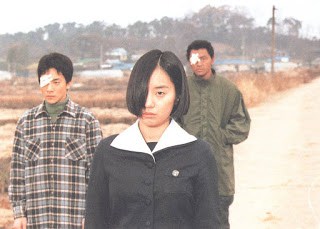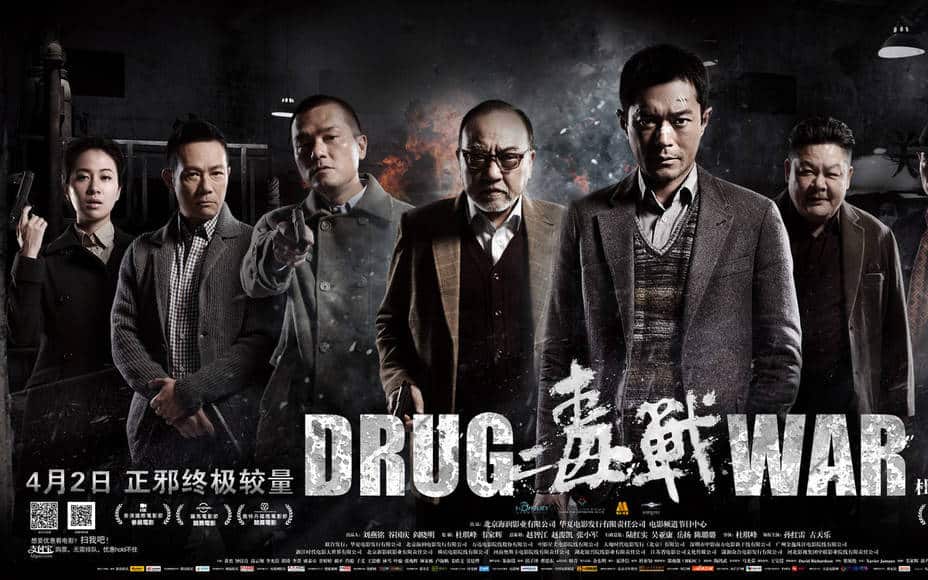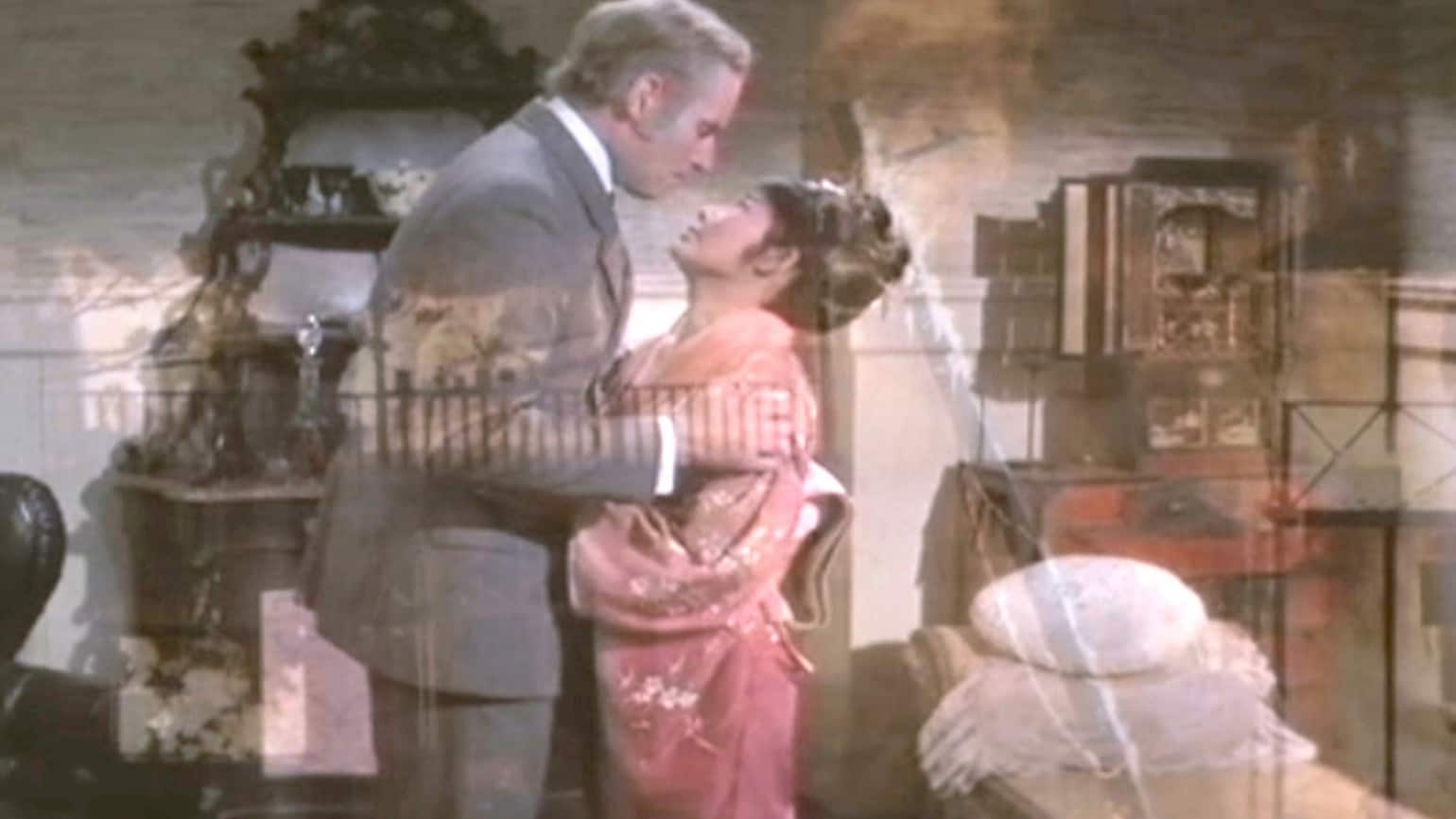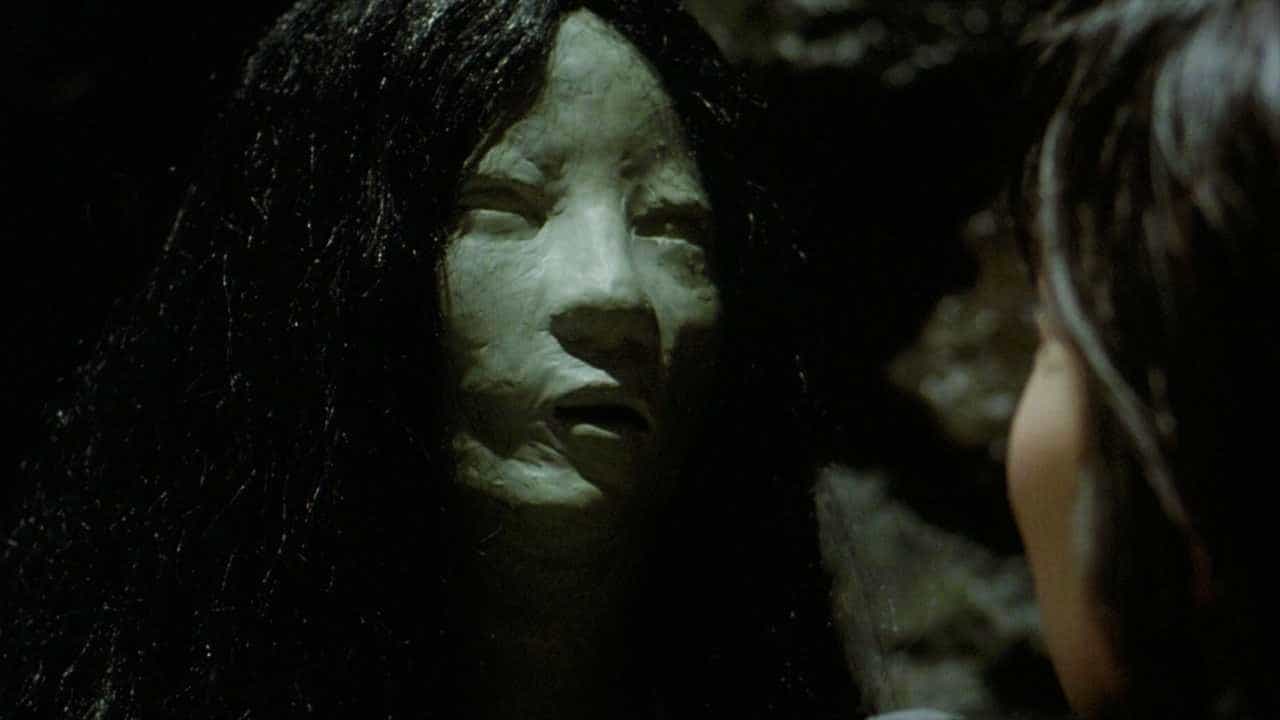The second film from Takahisa Zeze for 2018, after “My Friend A” is a humongous production of 189 minutes, based on two actual “stories” and a rather unusual film for the Japanese veteran, who, in the latest years, seems to indulge in a diversity he was not able to explore during his youth. At times, I thought that his effort was similar to the one of another great director who started his career in pinku films and eventually shot a 3-hour political film, Koji Wakamatsu, whose “The Red Army” shares some similarities in style with the present film, although his approach was much more documentary-like.
“The Chrysanthemum and the Guillotine” is screening at Nippon Connection

The story uses the 1923 Great Kanto Earthquake as its base (of a magnitude of 7.9, which killed almost 105,000 threw Japan's nerve center of Tokyo and the surrounding Kanto plain into chaos, and gave a start to the massacre of Koreans and socialists by vigilante groups, police and soldiers, and in essence, kickstarted the militarism of the following decades), before it extends into two arcs, which eventually overlap.
The first one deals with women's sumo, a sport which was initiated in the early 18th century and was popular in rural areas until the 1960's. The two protagonists of this arc are the rookies in one of the sumo groups who tour the country, headed by Tamasaburo Iwaki, putting up shows in order to earn their living during the recession that followed the earthquake. The first one is Tomoyo Hanagiku, who joined the group in order to get away from her abusive husband, and the second one is Tamae Tokachigawa, a former prostitute who is trying to change her life, although she still deals in her old “tricks” in order to earn money, an attitude that causes friction between her and the rest of the members of the group.
The second arc revolves around an anarchist group, the Guillotine Society, who is founded and led by playboy and poet Tetsu Nakahama and the timid nerd Daijiro Furuta. The group is set on exacting revenge for the murder of the anarchist leader Sakae Osugi, and frequently take up missions to murder the ones they consider enemies and bomb targets considered pillars of the establishment, but their efforts frequently end up in failure.
The two arcs come together when the members of the anarchist group decide to watch a show of the sumo troupe, despite the ever-watchful eye of the authorities who were watching the female wrestlers to ascertain nothing “indecent” occurs during their shows. Eventually, Tamae and Tetsu end up sleeping together, while a more subtle romance is initiated between Tomoyo and Daijiro. As a vigilante group headed by Daigoro Iioka gets involved with both groups in the most dangerous way, the protagonists end up suffering one way or another, in a series of events that change them radically.

The first thing that becomes quite obvious in the film is that the two arcs could easily form two separate movies, with Zeze taking up the rather hard task of combining the two into one. However, in the end, I could say that he makes it work quite nicely for about 2 and a half hours, before he stumbles upon one of the most common reefs of recent Japanese cinema, the overextending of the ending, which stretches on for no apparent reason, except maybe to exact sentiment, particularly through the story of Daijiro and Tomoyo.
Regarding the “good” part though, Zeze focuses on four very interesting characters, which are analyzed thoroughly, with their (combined) stories carrying the film even for that amount of time. Through them and the various incidents that occur, he presents a number of philosophical and sociopolitical comments, as much as the actual story of both the sumo and the anarchist groups. In that fashion, Zeze comments on the militarism that followed the earthquake, and particularly the idea that Japan's military expansion was instigated by the attitude of the foreign countries. Regarding this aspect, he may present the vigilantes as caricatures (with Shima Ohnishi as Daigoro Iiko being the main embodiment of this aspect in a very convincing performance) with no particular purpose, but at the same time he makes an effort to humanize them, suggesting that their attitude was not exactly their fault, but of the state, thus somewhat justifying their mentality, although not their actions. The fact that the presentation of the anarchists is not so different, can also be perceived as a comment on this subject, although Tetsu and Daijiro are presented as much more humane, particularly through their interactions with the two sumo wrestlers. Masahiro Higashide and Kanichiro, respectively, are also quite good in their roles, although particularly the former, is hyperbolic a number of times.
The role and the place of women in the society of the era is another major comment, with Zeze highlighting the fact of how male-centered the times were, with the sumo group actually functioning as a solace for the majority of its members. Kiyohiko Shibukawa as Tamasaburo Iwaki is great in the role of the “guardian” of these women, and metaphorically, of their rights as human beings, but Zeze makes a point of highlighting that his efforts were not enough in the particular setting. This comment is the main source of drama in the film, with Mai Kiryu as Tomoyo and Hanae Kan as Tamae being exceptional in portraying two struggling, but in essence hopeless individuals. This sense of hopelessness extends to the concept of love, which provides a brief source of optimism, but is completely shattered as reality takes over.

The production values of the movie are excellent. Atsuhiro Nabeshima's cinematography artfully presents both arcs in a number of different settings, with him using some very interesting framing techniques here and there. The fact that his approach differs, with the shooting of the sumo sequences invoking a documentary-like realism and the anarchist ones lingering towards fiction is also an accomplishment, which helps the entertainment aspect of the film, keeping it interesting for the majority of its run time. At the same time, the presentation of the era is excellent, with the work done in the costumes, and the production design being among the best assets of the film. Ryo Hayono's editing could obviously be tighter, particularly during the finale, but the succession of the scenes and the altering of the two arcs is quite good, at least for the most part of the film, inducing the movie with a relatively fast pace.
“The Chrysanthemum and the Guillotine” has its faults, mostly deriving from prolonged, but in the end, it is a film that the viewer can enjoy, as both its arcs and their mixture is interesting, meaningful and entertaining.















